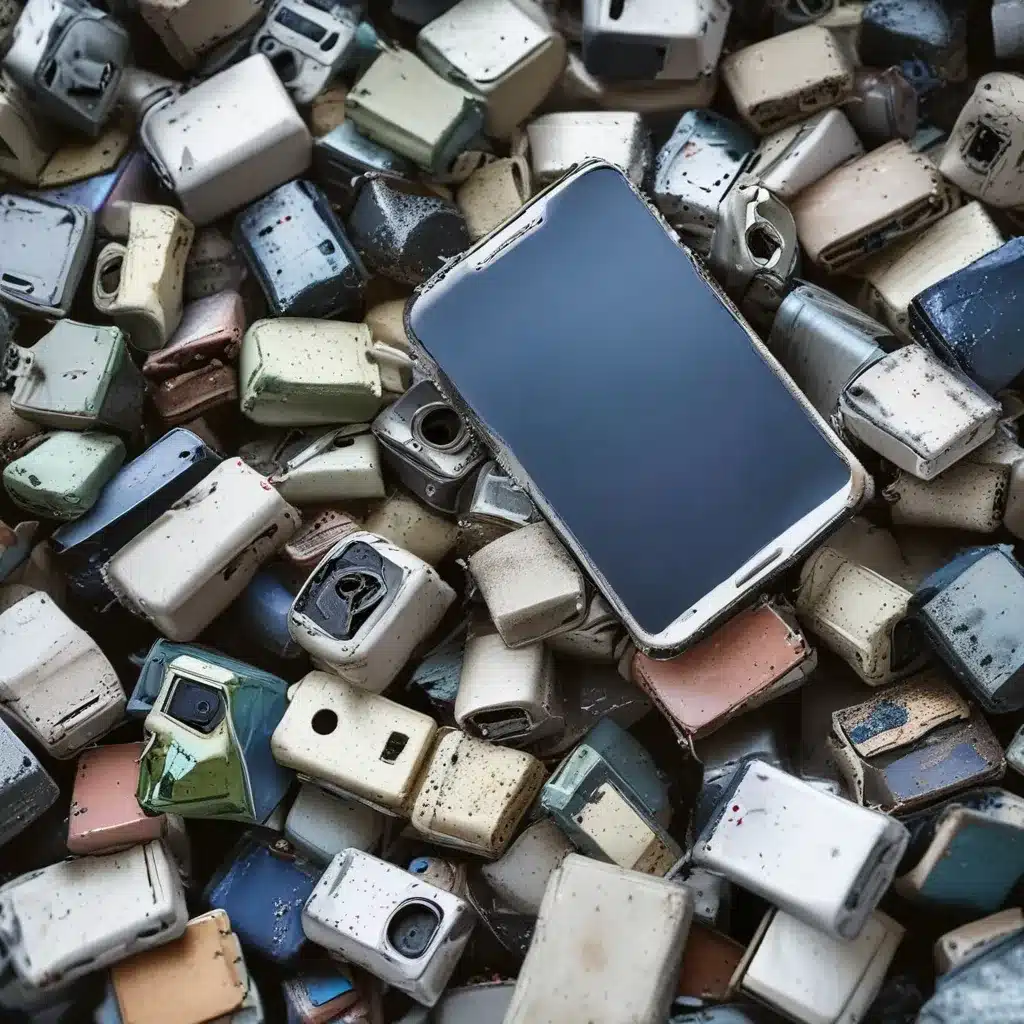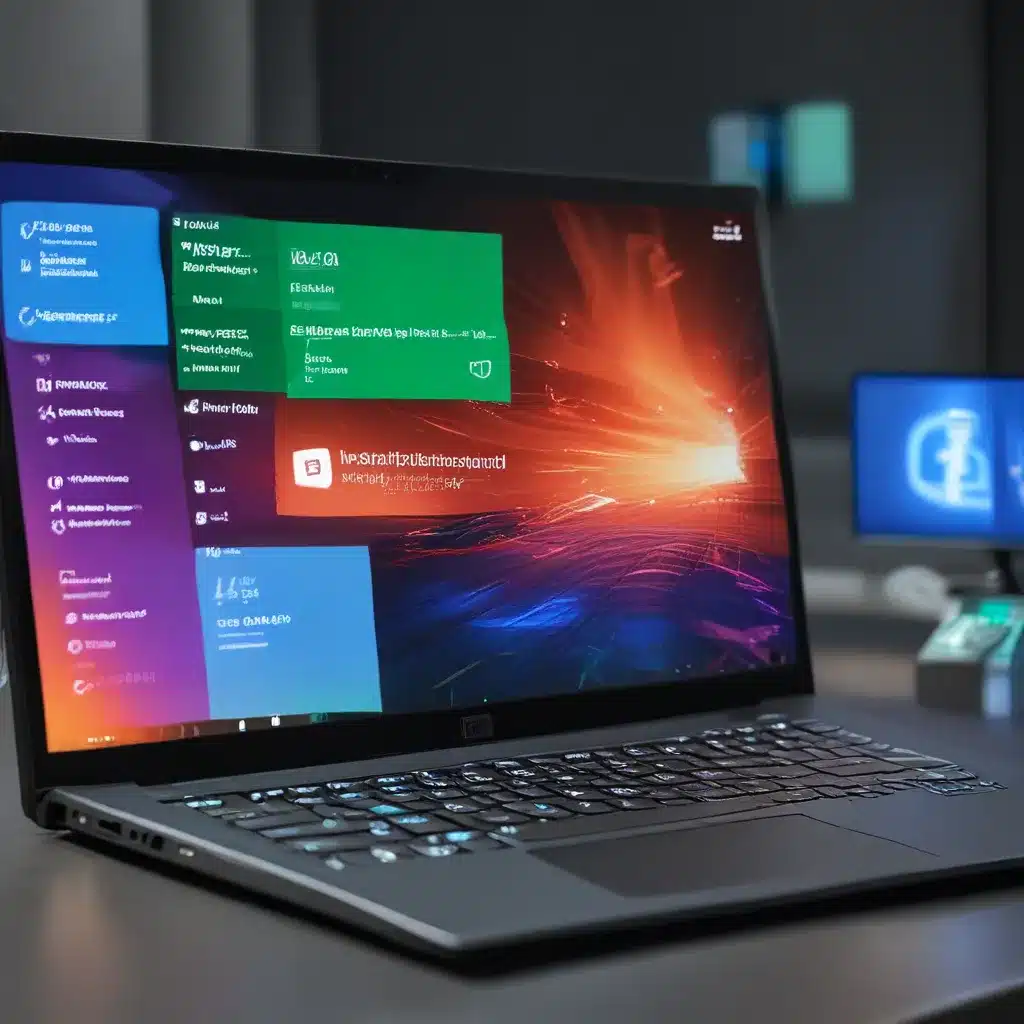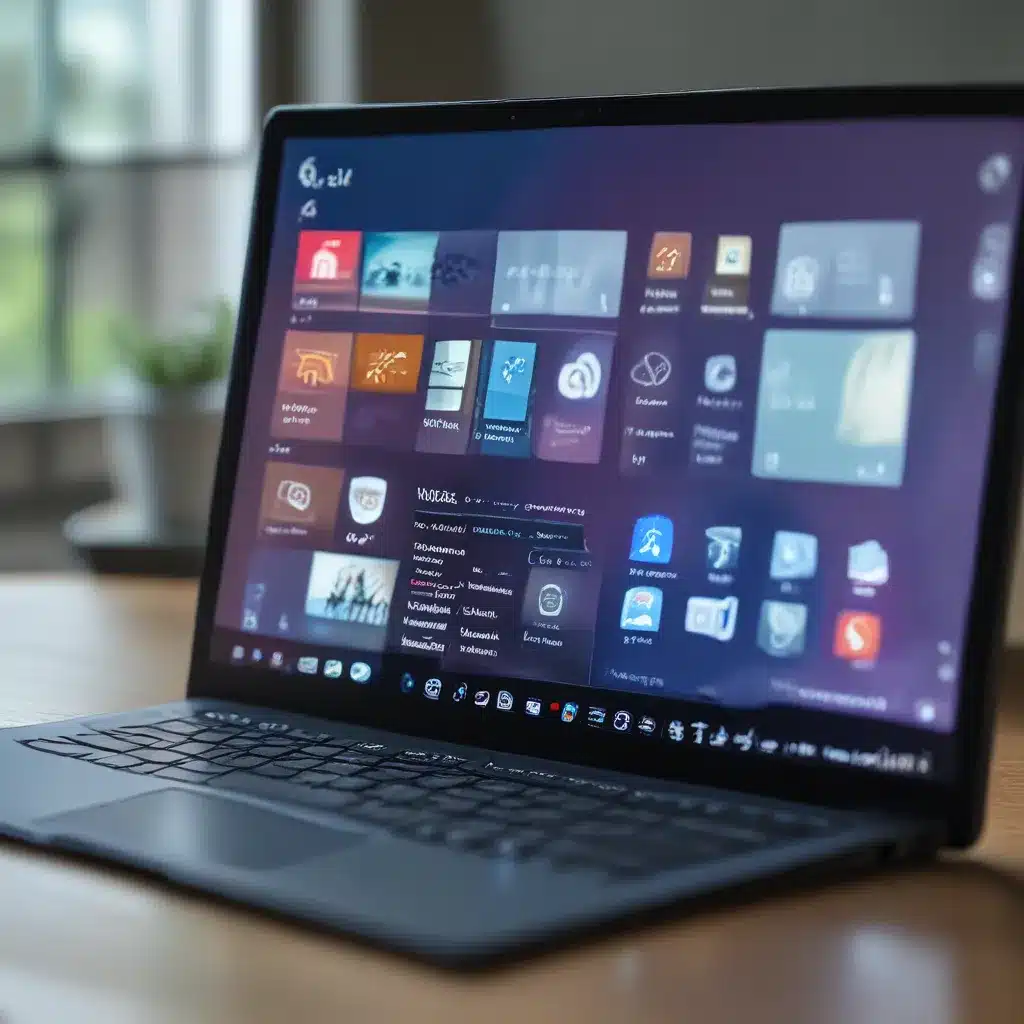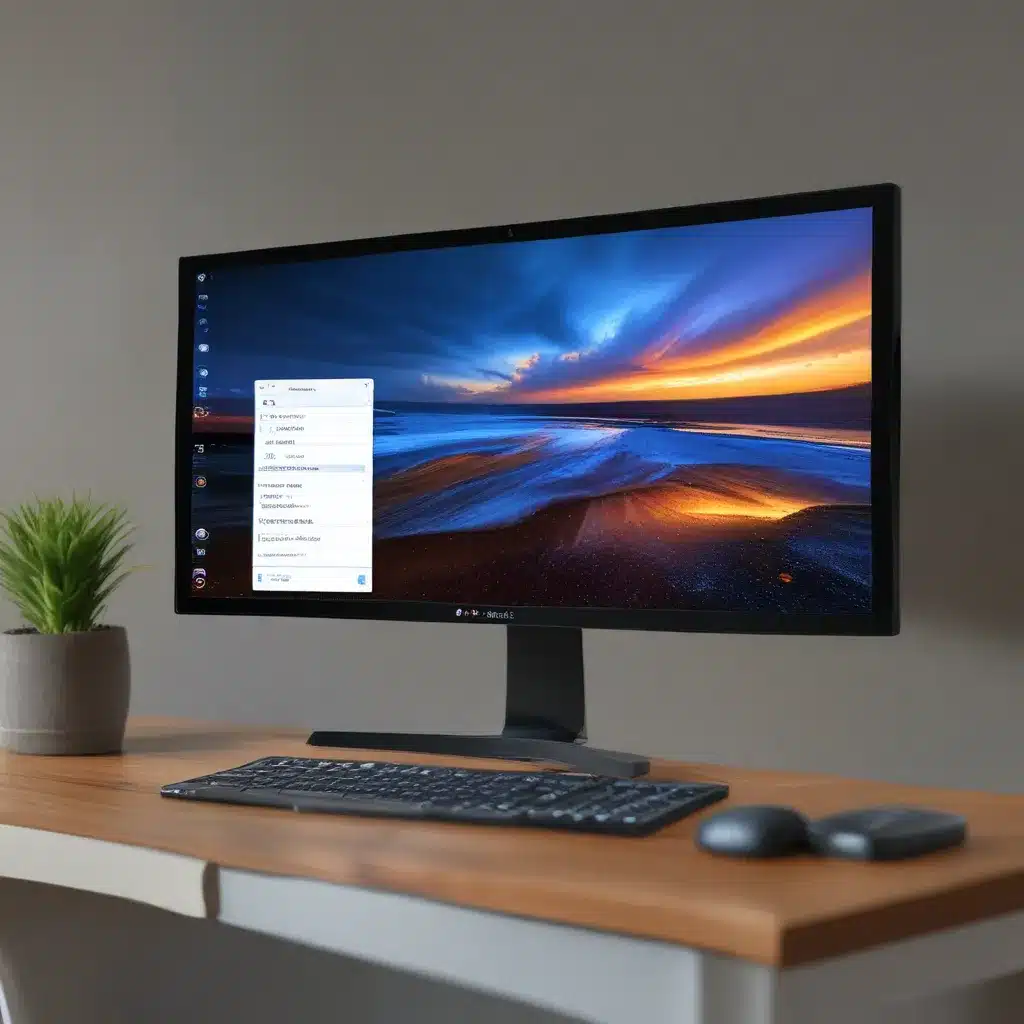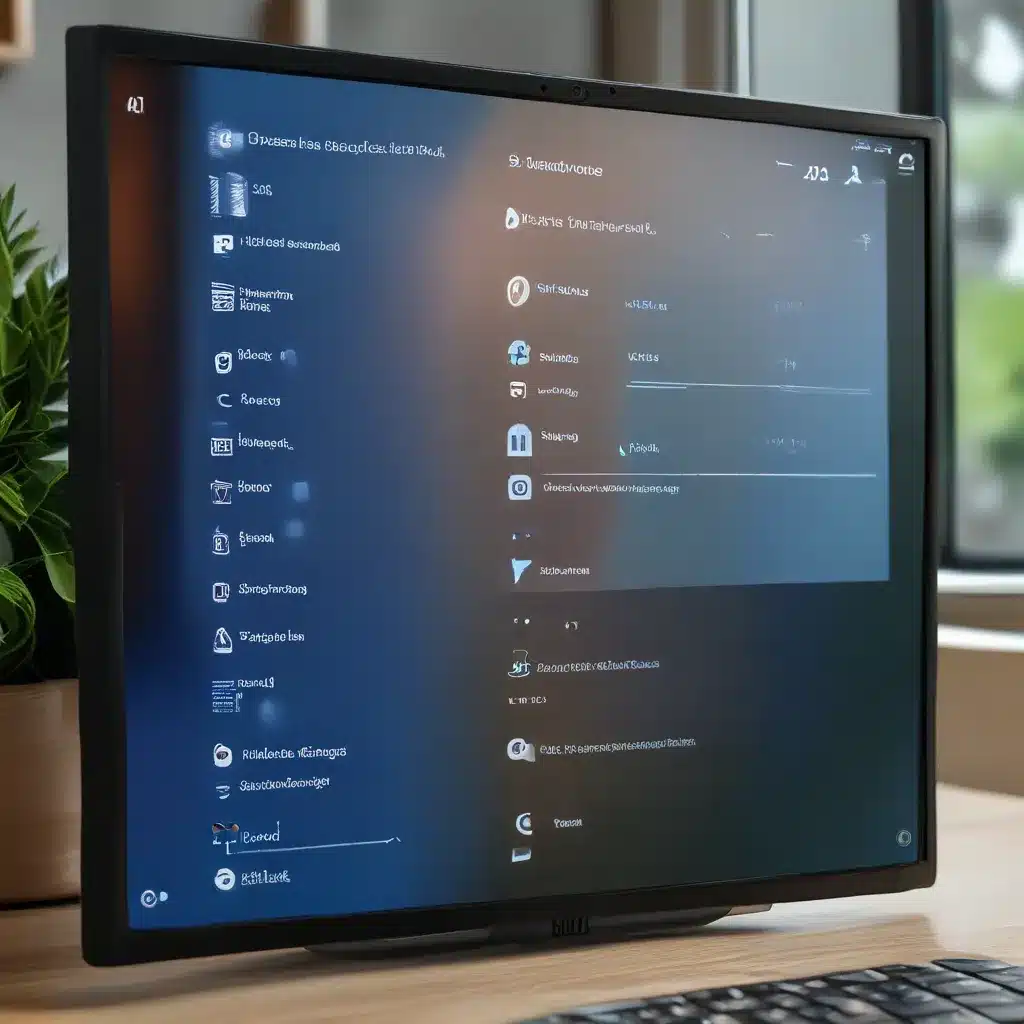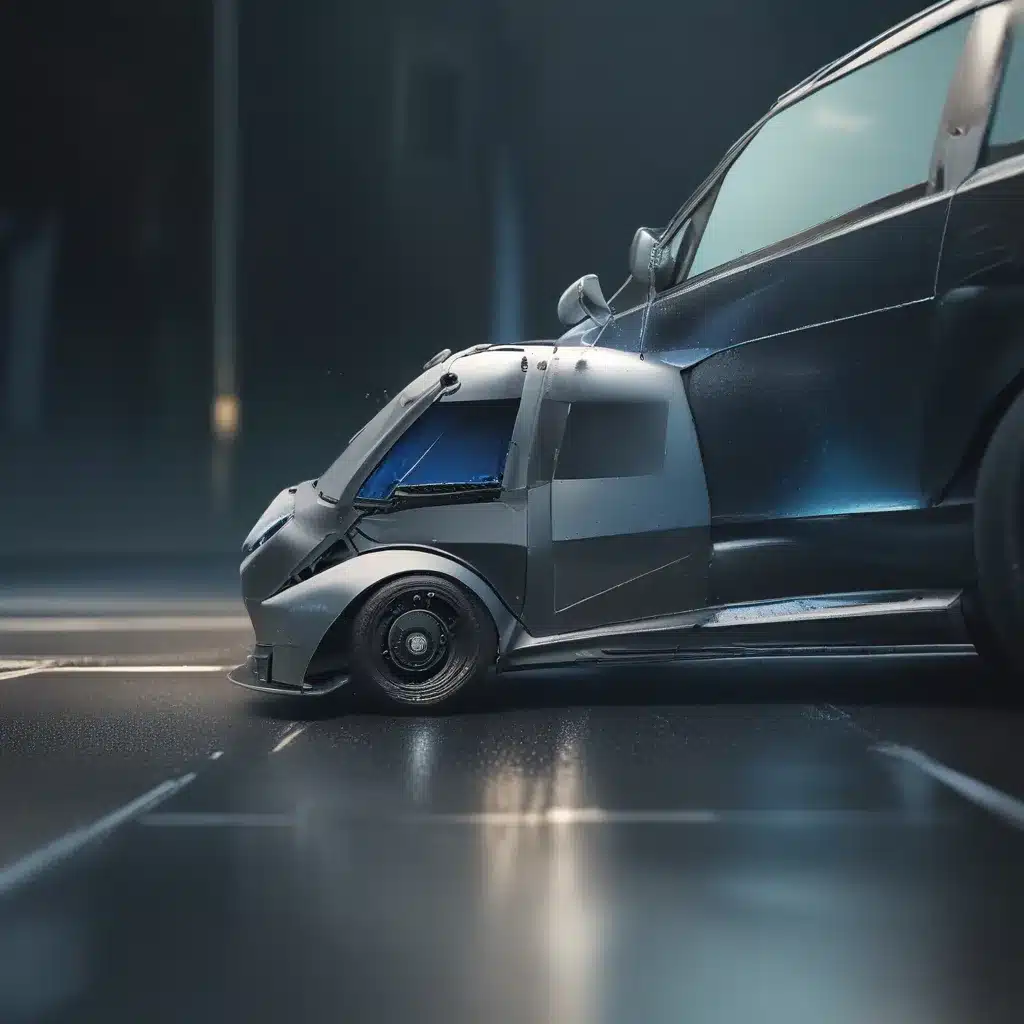A Smartphone Graveyard: Dealing with Tech Hoarding
If I’m being honest, I have a bit of a tech hoarding problem. Ever since I got my first Motorola flip phone back in the day, I’ve found it incredibly difficult to part ways with my old devices. There’s just something satisfying about holding onto those relics of a bygone era, watching the evolution of technology unfold right in the palm of my hand.
But as the years went by, that once-modest collection of phones and tablets has snowballed into a full-blown smartphone graveyard. Tucked away in drawers, cabinets, and boxes, these outdated gadgets have been gathering dust, serving no purpose other than to feed my sentimental attachment to the past.
The worst part? Many of these devices contain sensitive personal information and photos that I really don’t want falling into the wrong hands. I mean, can you imagine the horror of some nefarious hacker getting ahold of your old sexts and embarrassing selfies? Yikes.
So, I’ve finally come to the realization that it’s time to part ways with this tech hoard and do it in a way that properly safeguards my privacy. But how exactly do you responsibly dispose of old smartphones and tablets? That’s what I’m here to figure out.
The Hazards of Improper E-Waste Disposal
Before we dive into the nitty-gritty of smartphone recycling, it’s important to understand the potential environmental and health risks associated with improper e-waste disposal. You see, those sleek little devices you’ve grown so attached to are actually packed with some pretty nasty stuff.
According to Verizon, smartphones typically contain a cocktail of hazardous materials, including lead, mercury, arsenic, and other toxic compounds. When these devices end up in landfills or are burned, those harmful substances can be released into the environment, contaminating the air, soil, and water.
And it’s not just the planet that suffers – our health can be affected too. As Verizon points out, improper e-waste management can lead to “potential hazards to your health and others.” Yikes, talk about a sobering thought.
So, yeah, just tossing your old phones and tablets into the trash is a big no-no. We’ve gotta find a better solution. But what exactly does that look like?
Smartphone Recycling: A Sustainable Solution
Here’s the good news: smartphone recycling is a thing, and it’s a pretty straightforward process. The key is to find a reputable e-waste recycler who can properly handle and dispose of your old devices.
According to CNN, the first step is to make sure your personal data is wiped clean from the device. This typically involves a factory reset, which will erase everything from your contacts and photos to your embarrassing search history (phew!).
Once that’s done, you can start exploring your recycling options. Many cell phone carriers, like ITFix, have trade-in or buyback programs that allow you to safely and securely recycle your old devices. You can even find local e-waste collection centers or non-profit organizations that will take your unwanted tech off your hands.
But the benefits of smartphone recycling go beyond just keeping your personal data secure. As Verizon points out, it’s also a great way to contribute to environmental conservation, reduce energy consumption, and help curb the need for mineral mining.
In fact, did you know that recycling just one million cell phones can yield over 35,000 pounds of copper, 772 pounds of silver, 75 pounds of gold, and 33 pounds of palladium? That’s a pretty impressive haul of precious metals, all thanks to a simple recycling process.
Eco-Friendly Smartphone Alternatives
As I’ve been digging into this topic, I’ve also discovered that there’s a growing movement towards more sustainable smartphone options. Companies are starting to design devices with the environment in mind, using recycled and responsibly-sourced materials.
Take, for example, the cases made by Skate4Create, which are crafted from repurposed skate deck materials. Or Pela Cases, which are 100% compostable and biodegradable. Even the packaging that smartphones come in is starting to get a green makeover, with companies using recycled materials and innovative, eco-friendly designs.
And it’s not just the physical hardware that’s becoming more sustainable – there are also apps and phone settings that can help reduce energy consumption and minimize your digital footprint. Verizon even mentions that some phones now come with “ECO Specs,” which essentially means they’re designed with the environment in mind, from production to efficiency.
So, not only can you responsibly recycle your old devices, but you can also make more sustainable choices when it comes time to upgrade. It’s a win-win for both you and the planet.
Smartphone Recycling: A Step-by-Step Guide
Alright, time to put all this knowledge into practice. Here’s a step-by-step guide to help you safely and responsibly recycle your old smartphones and tablets:
-
Back up your data: Before you do anything, make sure to back up any important data, photos, or files from your device. You can typically do this through your carrier or by using a cloud storage service.
-
Remove the SIM card: Once your data is secure, remove the SIM card from your device so you can transfer it to your new phone.
-
Factory reset: Next, perform a factory reset to wipe your device clean of any personal information. This will ensure that none of your sensitive data falls into the wrong hands.
-
Find a recycler: Research reputable e-waste recyclers in your area, whether that’s through your carrier, a local collection center, or a non-profit organization. Make sure they offer secure disposal and recycling services.
-
Drop it off: When you’re ready, simply drop off your old device at the recycler’s location. Many of them even offer mail-in options if you can’t make it in person.
-
Upgrade sustainably: If you’re in the market for a new device, consider going with an eco-friendly option that uses recycled or responsibly-sourced materials. Your planet (and your wallet) will thank you.
And that’s it! By following these simple steps, you can rest assured that your old smartphones and tablets are being properly disposed of in a way that safeguards your privacy and the environment.
Conclusion: Recycle, Reduce, Reuse
As I’ve come to realize, the key to dealing with my tech hoarding problem isn’t simply to hoard less – it’s to recycle, reduce, and reuse. By responsibly disposing of my old devices through secure recycling programs, I’m not only protecting my personal data, but I’m also doing my part to reduce the environmental impact of e-waste.
And who knows, maybe someday I’ll even be able to upgrade to a shiny new smartphone that’s been designed with the planet in mind. After all, the future of technology is looking more sustainable than ever.
So, if you’re like me and have a smartphone graveyard taking up valuable real estate in your home, I encourage you to take action. Recycle those old devices, reduce your tech footprint, and embrace a more sustainable future. Your planet (and your inner tech hoarder) will thank you.

